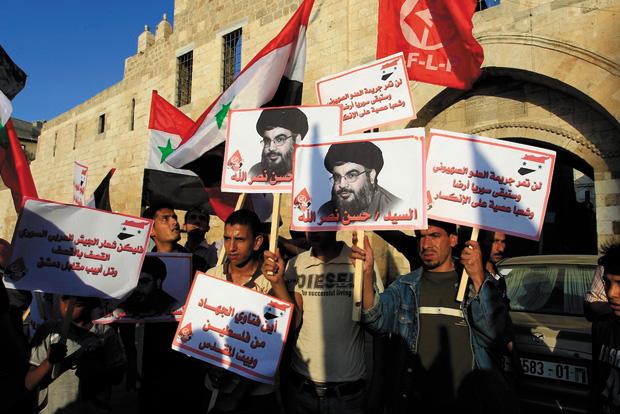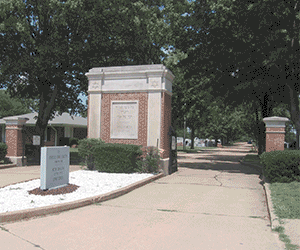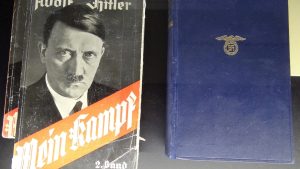Syria, target of reported Israeli airstrikes, jumps to top of Iran’s foreign interests
Published May 15, 2013
The recently reported Israeli airstrikes on Syria, which were neither confirmed nor denied by the Jewish state, targeted weapons depots allegedly storing Iranian-made weapons intended for the Lebanese terrorist organization Hezbollah. While the transfer of high-grade weapons may pose a direct threat to Israel’s security, there are greater questions about a tectonic shift in the balance of power in the Middle East.
”Iran as been exerting increasing influence across the region, in countries including Lebanon, Syria, Iraq, and even in the Gulf States, such as Kuwait and Bahrain,” Israel Defense Forces Brig. Gen. (ret.) Dr. Shimon Shapira told JNS.org.
Shapira, a senior fellow at the Jerusalem Center of Public Affairs (JCPA), recently published a report detailing Iranian intentions to partner with Hezbollah to affectively grab control of Syria. The report cites coordination at the highest levels between the Islamic Republic of Iran and Hezbollah.
”Syria is the bridge between Iran and Lebanon,” Shapira said.
According to the JCPA report, “Hizbullah leader Hassan Nasrallah paid a secret visit to Tehran where he met with the top Iranian officials headed by Supreme Leader Ali Khamenei and Gen. Qasem Suleimani, the commander of the Quds Force of the Revolutionary Guard Corps.”
The leaders discussed an operational plan that includes the “establishment of a 150,000-man force for Syria.”
The tactical coordination is the latest manifestation of a long-established Iranian pattern of expansionist foreign policy—a principle outlined in the Iranian constitution. Since the Islamic Revolution of 1979, Iran has been tangibly extending its influence across the region by force, particularly during periods of civil turmoil.
”Iran created Hezbollah in the summer of 1982. This was a strategic decision to export the revolution to the Arab World,” Shapira told JNS.org.
According to Shapira, Iran was able to establish influence in Lebanon partly because both are Shiite-majority states with similar religious views. Perhaps more importantly, Iran was taking advantage of long-term instability plaguing Lebanon, during a 15-year civil war
Decades later, following the overthrow of Saddam Hussein in Iraq, multiple insurgencies against U.S. troops were led by the Quds Force, an elite division of Iran’s Revolutionary Guards. Numerous experts have cited growing Iranian influence in Iraq—another unstable Middle Eastern nation with a sizable Shiite population.
Today, Iran is attempting to take advantage of a similar crisis in Syria.
”We can now say that there are over 1,000 Hezbollah fighters operating in Syria,” Shapira said. Furthermore, Iran is now recruiting Shiite fighters in Iraq to come to Syria.
As many as 80,000 or more have been killed in Syria since the start of country’s civil war in 2011. As the Alawite regime of Bashar al-Assad strains to retain power, radical Sunni opposition groups, including elements of al Qaeda, are seeking to take control.
”The Iranians are afraid that if the Sunni radicals will achieve a victory, this will affect the Sunni balance of power in Iraq and the Gulf,” Shapira said.
Iran is attempting to take control of Syria, to further entrench itself as the primary power broker of an empowered Shiite Crescent that includes Lebanon, Syria, Iraq, Iran, Bahrain, and even parts of eastern Saudi Arabia.
To do this, Iran needs the help of its most trusted proxy, Hezbollah, which has a committed a laundry list of global terror attacks, but at the same time works to assert greater civil and even political control, as has been seen in Lebanon.
”Hezbollah has two wings with one head,” Shapira said. “One wing, the civilian wing, takes care of the population. This includes clinics, pharmacies, schools, and youth movement organizations. This wing functions to support the second wing: the military wing.”
According to Shapria, the military wing has two divisions. The first is a militia, widely considered to be an organic arm of the Iranian army. The militia’s primary aim has been to fight against Israel, although now much of its attention is focused on Syria. The other arm is the well-known terrorist organization.
Hezbollah’s terrorist arm has committed some of the world’s deadliest terror attacks and hijackings, most notably the killing of 299 American and French servicemen in nearly simultaneous truck bombings in Beirut in 1982. Hezbollah has been involved in deadly attacks against Jewish and Israeli targets in Buenos Aires in the 1990s, and most recently a suicide bombing in 2012 targeting Israeli passengers at the Burgas Airport in Bulgaria.
Hezbollah is similarly operational in Cyprus, Thailand and India.
Yet currently, Syria appears to have jumped to the top of Iran’s foreign interests.
“Syria is on the frontlines of the jihad against Israel, together with Lebanon. Being in Syria is critical to fighting against Israel,” Shapira said.
According to the JCPA report, “Tehran has had political ambitions with respect to Syria for years.”
In the report, Shapira demonstrates the importance of Syria according to Iranian insider thinking. “In the past, senior Iranian officers, like Major General Yahya Rahim-Safavi, the former commander of the Revolutionary Guards who is an adviser to Khamenei, have said that Lebanon and Syria gave Iran ‘strategic depth.’ Now it appears that Tehran is taking this a step further, preparing for a ‘Plan B’ in the event Assad falls,” the report says.
Citing another example, Shapira writes, “An important expression of Syria’s centrality in Iranian strategy was voiced by Mehdi Taaib, who heads [Iranian Supreme Leader, Ayatollah Ali] Khamenei’s think tank. He recently stated that ‘Syria is the 35th district of Iran and it has greater strategic importance for Iran than Khuzestan (an Arab-populated district inside Iran).’”
If Iran succeeds in its efforts to assert greater influence in Syria, it could have region-wide consequences.















